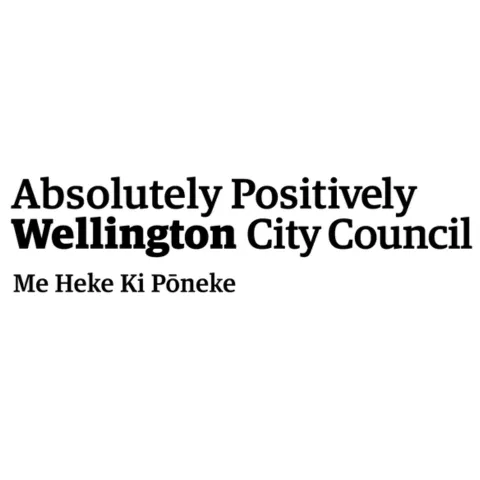Wellington (or Te Whanganui-a-Tara as it is known in te Reo Māori), is at the intersection of government, business, science & research, innovation and arts.
As Aotearoa New Zealand’s capital city and with a population of around 215,000, Wellington offers all the benefits of a much bigger centre without the hassles. Situated alongside Wellington Harbour and on a major fault line, the city is hilly and coastal, which lends itself to outstanding natural beauty, as well as increased exposure to the impact of climate change and natural hazards.
Recognised by the Economist Intelligence Unit as one of the world’s most liveable cities, Wellington is famous for its “coolest little capital” tagline (courtesy of Lonely Planet). It is New Zealand’s cultural hub, home to numerous museums, art galleries, theatres and music venues. Many of New Zealand’s arts and cultural icons are located in Wellington, such as the Royal New Zealand Ballet, the New Zealand Symphony Orchestra, and Te Papa Tongarewa Museum of New Zealand. The city is also known as New Zealand’s ‘culinary capital’, with a global reputation for its coffee culture, wine and craft beer, and other niche products including olives, honey, and chocolate.
Wellington enjoys easy access to international markets, a highly skilled workforce and the world’s first stock exchange to open each day. The local economy is primarily service based, with an emphasis on finance, business services, government, and the film industry. It is the centre of New Zealand's film and special effects industries, and increasingly a hub for information technology and innovation, with two public research universities. Central Wellington generates eight percent of national GDP and 48 percent of regional GDP.
Additional links:
